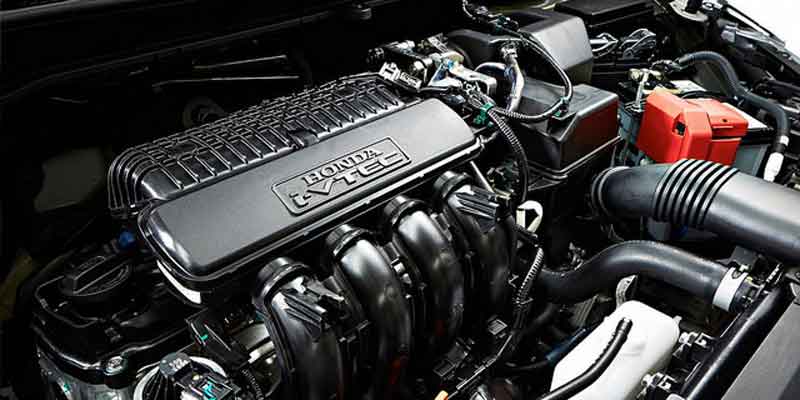
26
Nov, 2017
What Is A Fuel Processor And How Does It Work
A fuel processor is a tool that is used to feed hydrogen to a fuel cell. Fuel cells deliver electricity from oxygen and hydrogen, and the output is steam. The hydrogen fuel cell contains less hydrogen density when compared to petrol. That means you cannot store enough hydrogen which can enable your car to drive for long distances. You may think of using liquid hydrogen which is denser than regular hydrogen, but there are issues with temperature. Liquid hydrogen has to be stored at low temperatures and needs a higher pressure.
Methanol. Gasoline, ethanol, etc. are have hydrogen at its molecular level. If it can be removed from these gases, fuel processor supplier\traders will have no problems in storing or in transportation.
Purpose of fuel processors: Fuel cells are used as they are non polluting and also efficient in producing energy. The requirement for fuel cells for its proper functioning is hydrogen, and if clean hydrogen is made available to these cells, it will be a significant achievement. One of the ways of achieving it is through the use of fuel processors. They can provide hydrogen which is pure and can be used by fuel cells. For easy storing and transport the fuel, the processor should be capable. Methane is another natural gas which is considered as another possibility as it can be saved as a liquid in cars.
Fuel cells and fuel processors: These two devices can work in tandem to produce electricity. If you have fuel cells being used in your car, then when you accelerate your vehicle the controller provides power to the motor which aids in producing force. The power that the controller gets is from the fuel cells, so it has to work efficiently to generate more electricity. When the hydrogen in the fuel cells receives the fuel processor starts its work and pulls out hydrogen from methanol. This twin mode of generating electricity is being worked upon and will be the future.
Types of fuel processors:
Fuel processors are also called as the steam reformers and are of two kinds.
Methane reformers: Methane can be extracted from all gases as it is present in the molecules. This methane that is removed from natural gases is then mixed with vapor and forms carbon monoxide and hydrogen. This combination of gases is then sent to a chamber which is set to very high temperatures. A catalyst is used to get the hydrogen out and also reduce the carbon monoxide. Of Both the gases that are produced from the heat chamber, carbon monoxide is mixed with oxygen to form carbon dioxide.
Methanol reformer: At very high temperatures, water is mixed with methanol in a methanol reformer and left to vaporize. A catalyst is combined with this vapor at a chamber of high temperature which helps to draw out hydrogen. It is also useful in eliminating the harmful carbon monoxide that is a byproduct of this mixture. The water vapor is split into oxygen and hydrogen, and the same oxygen is used to convert carbon monoxide into carbon dioxide.
Fuel processors still have a few disadvantages due to lack of technology to get hydrogen in its purest form, till that happens it is still not very efficient.
Read Also: Everything You Should Know About Sustainable Energy